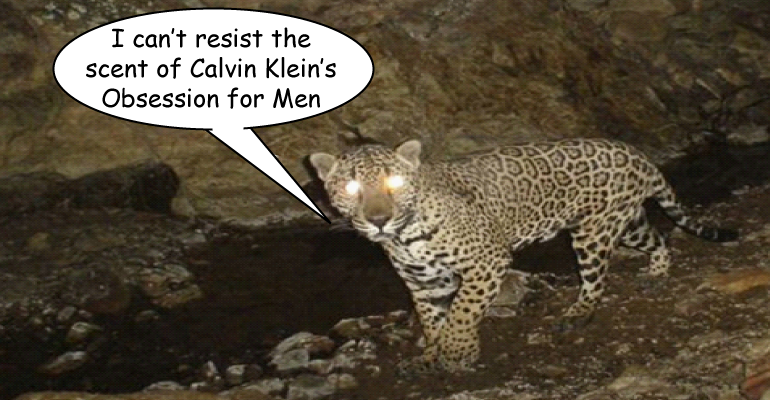
Conservation CATalyst and the Center for Biological Diversity recently released a new video of El Jefe, the only known wild jaguar currently within the United States. Although photos have been taken of El Jefe dozens of times since 2013, this is reported to be the first recorded video of the jaguar. Reportedly taken by remote sensor cameras at an undisclosed location in the Santa Rita Mountains during the fall of 2015, this video shows an adult male jaguar, currently in prime condition. The sole purpose of this press release and the resulting media attention appears to be part of an on-going campaign to sway public opinion against the proposed Rosemont Copper project.
After studying their press release and examining this video, one can conclude that activities of Conservation CATalyst and the Center for Biological Diversity threaten El Jefe’s existence much more than those at proposed Rosemont Copper project.
The video shows a healthy jaguar roaming the Santa Rita Mountains at a time when Hudbay Minerals was conducting a major exploration drilling program at the Rosemont site. This program included considerable human activity with seven drill rigs and related activity involving more than 100 workers at the site, 24 hours per day, for three months. This activity had little or no impact on El Jefe. To a trained eye, the terrain and vegetation suggest the location of the video was some distance from Rosemont. El Jefe simply avoided all of the human activity at Rosemont (if he even noticed it) and carried on with his day to day existence as he had done for the last several years.
The nature of exploration and development activities at Rosemont is quite different than those conducted by Conservation CATalyst and the Center for Biological Diversity. Proprietary knowledge of El Jefe’s location and routine gained from research programs at the University of Arizona are being compromised by individuals now working for NGOs. Like all enterprises, non-profit NGOs constantly struggle to raise the revenues required to remain in business. To remain competitive successful non-profits not only have to focus their activities on glamorous issues (i.e. jaguar), but must also keep the issue in the public spotlight. This is the only way to enlist new supporters and maximize revenues.
Over the last several years, they have actively sought out and doggedly pursued the beleaguered El Jefe. Are Conservation CATalyst’s and the Center for Biological Diversity’s efforts to get photos and videos really designed to protect El Jefe? Or are they a fund-raising tool designed to elicit financial support at the expense of this animal?
Have pressures of the competitive nature of their business compelled them to use female jaguar scat or Calvin Klein’s ‘Obsession for Men’ to lure El Jefe to the trails where remote cameras are hidden? Unauthorized use of female scat was how Macho B was trapped in 2009. And everyone knows what happen to him – death by stress. The scent of dogs used to search for jaguar scat could also have a negative impact on the El Jefe’s activities and health. Conservation CATalyst and the Center for Biological Diversity have even offered to conduct public field trips to El Jefe’s territory, exposing him to more human contact. Will this help or harass El Jefe? Do the ends (blocking the Rosemont Copper project) justify the means (stressing the animal)?
All of these activities can be considered to be a ‘take’ under Section 3(18) of the Federal Endangered Species Act. The term ‘take’ means to harass, harm, pursue, hunt, shoot, wound, kill, trap, capture, or collect, or to attempt to engage in any such conduct. Is the U. S. Fish and Wildlife Service aware of their activities?
Why are Conservation CATalyst and the Center for Biological Diversity harassing and pursuing El Jefe? Don’t they realize they are promoting media attention that may bring unintended negative results to the life of this animal? Are they really trying to protect him? Or do their actions suggest otherwise?
The consequences of reckless actions by Conservation CATalyst and the Center for Biological Diversity pose a serious threat to El Jefe’s life and well-being. Will their actions help El Jefe live a long productive life in the wild or will they ultimately result in the death of another jaguar?
Disclaimer: David F. Briggs is a resident of Pima County and a retired geologist, who has intermittently worked on the Rosemont project between 2006 and 2014. The opinions expressed here are those of the author and do not necessarily reflect those of Rosemont Copper.
Copyright © (2016) by David F. Briggs. Reprint is permitted only if the credit of authorship is provided and linked back to the source.
